Movies
Interview: ‘Sator’ Director Jordan Graham on the Fascinating Facts Behind the Film
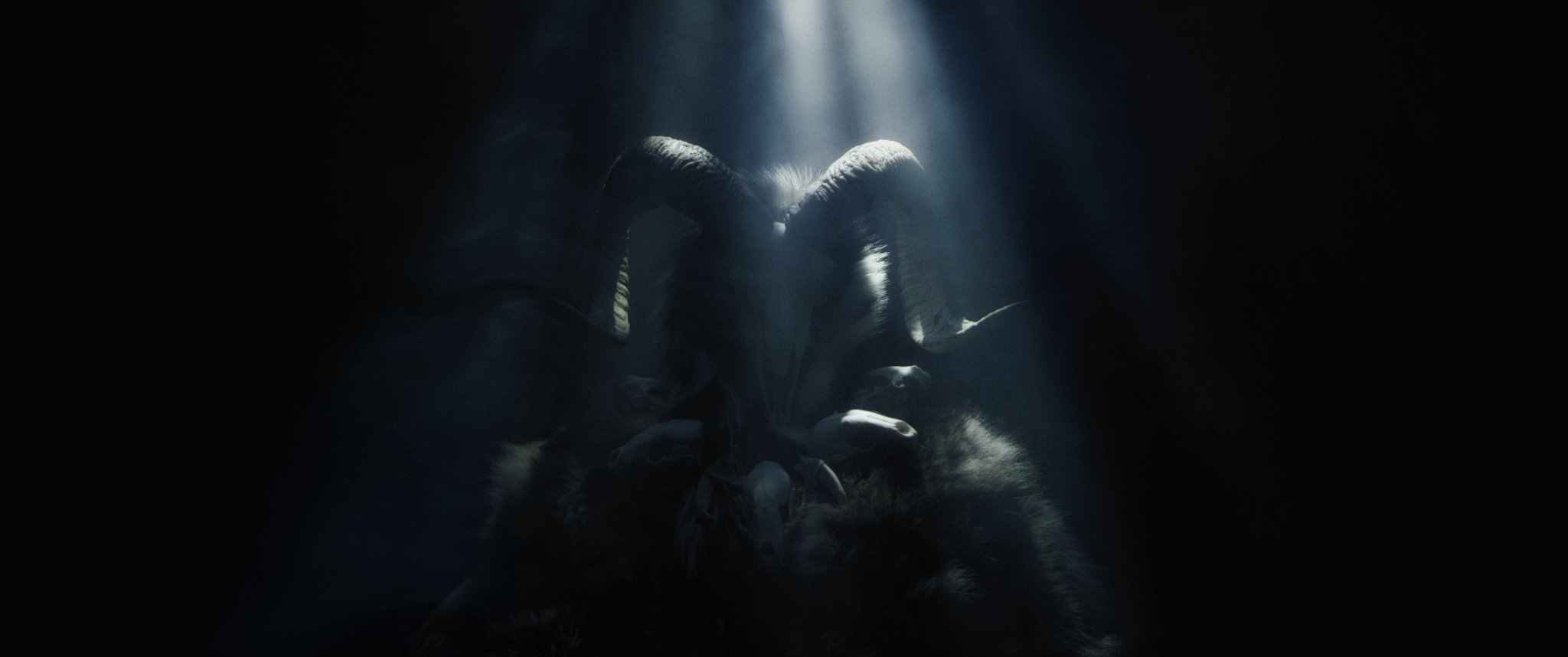
Jordan Graham’s Sator is a chilling, atmospheric tale of a demon haunting a family, and — in a fascinating twist — it’s inspired by true events.
Graham spent 7 years making Sator, serving as director, writer, cinematographer, composer, producer, and editor. The film follows a secluded family living in a forest being stalked and manipulated by the mysterious demon Sator, and (as I learned) is largely based on stories told by Graham’s own grandmother about her history with this entity.
The real on-screen interviews with Graham’s late grandmother recount details of her own incidents with Sator, and reveal her personal journals and automatic writings. I spoke with Graham to learn more about this deeply personal tale and his hands-on, in-depth, learn-as-you-go experience making this moody, slow-burn indie horror. 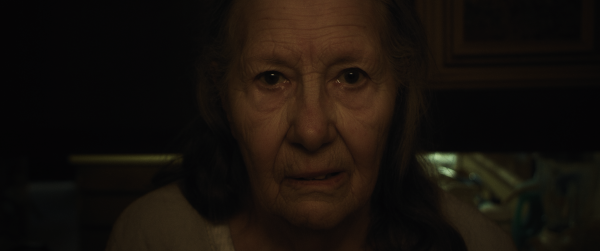
Kelly McNeely: Sator is obviously a very personal project for you, could you talk a little bit about that, and about your grandmother’s history and obsession with this entity?
Jordan Graham: My grandmother wasn’t supposed to be a part of this film, originally. Since I was using her house as a location, I decided to put her in the film as a quick cameo. And then it kind of branched off from there. The cameo was just going to be like an improvisational scene, and if I wasn’t going to use it, then that’s fine. And I got one of the actors, Pete — he plays Pete in the film, he’s a friend of mine — I told him that you’re going to come in there, you’re going to meet my grandmother on camera, and you’re going to pretend to be the grandson and to get her talking about spirits.
So he went in there and asked her, you know, I heard there’s spirits around here. And then she started talking about the voices that were in her head. And something called automatic writing, which I’ve never heard about in my life. She’s never shared it with me before, and she just happened to want to share it while we were actually shooting.
So then I went home and did some research, and then decided that I wanted to incorporate this as much as possible into the film. And so I rewrote the script to make what I had already shot work, and then went back and did more improvisational scenes to try to bring out the automatic writing and the voices. And whenever we would do a scene with her, I would have to stop and rewrite the film again to try to figure out how to make it work, because you can’t tell my grandmother what to say, and I have no idea what she’s going to say. And a lot of the stuff she does say, doesn’t doesn’t really work for the story I was already trying to tell.
But then when I was in post production — when I was already done shooting the film — dementia got really bad for my grandmother and our family had to put her into a care home. And I was cleaning out her back room and the back closet, and I found two boxes, one of which had all of her automatic writing. So you see that, [he shows me one of her notebooks] but there was a box that was full of them. So I found all those and then I found a journal of her documenting her life — over three months — with Sator, it was a 1000 page journal. She met Sator in July 1968, and then three months later, she ended up in a psychiatric hospital because of her obsession with him. And so when I found this journal, I was like okay, I want to put Sator into this film. Like this is such a cool concept, but it felt like I was already done shooting at that point.
So I then raced to my grandmother, and it was a race against time because dementia was starting to take over, and so I I got her to speak about him, and then the last time that I got her to speak about him she could barely even say anything. And yeah, so that’s kind of the history behind it.
Kelly McNeely: It’s a very intimate, deeply personal story, and you can tell. What made you want to tell that story, what made you want to dive into Sator a little bit more, and this concept of Sator?
Jordan Graham: So I went into this film trying to make something unique, because I did the whole film myself, so I wanted to make something and do it in the most unique way possible. And the story I already had, I wrote that seven years ago — or when I started this thing — so I don’t really remember the original story. But it wasn’t that unique.
So when my grandmother started speaking about this, it’s like, well, I have something really interesting here. And with automatic writing, I had never even heard about that, or seen that in a film before. And if I’m making the film in such a personal way, like doing everything myself, and then having such a personal story, I feel like that people are going to really connect with that more. And then also, this is a really cool way to memorialize my grandmother, I feel. So that’s kind of why I wanted to go in there, to do something that was different.

Kelly McNeely: And the automatic writing that your late grandmother had was actually able to be contributed to the film, which is fantastic. How much of the story is sort of fabricated versus how much of it is her real stories, and as far as the audio and video footage, how much of that is archival and how much that was created for the film?
Jordan Graham: Everything my grandmother says is real to her, she believed everything that she said. So I didn’t tell her anything to say, that was all her. Some of the things she said were true. Like, she talked about my grandfather, and my grandfather died of lung cancer. And she says — multiple times — when we were shooting that my grandfather decided to get up, he said he was done, he was ready to die, he got up, walked out of the house and lay down in the grass and he died. Which never happened. But she said that multiple times. And I was like, where is that even coming from in your mind, and then trying to figure out how to edit that and use that in the film to make it make sense with the plot and whatnot.
And then with the archival footage, that was a happy accident. This film was a bunch of little happy accidents. There was gonna be a flashback scene in the film originally, and I was trying to figure out what medium I wanted to shoot it on. And then my mom happened to get a bunch of old home movies transferred to DVD, and I was just going through them. I wasn’t looking for anything to use in the film, I was just watching them. And then I came across a birthday scene — a real birthday in my grandmother’s house — and the house looks exactly the same from when we were shooting.
And what was great was my grandmother is off to one side, my grandfather’s off to the other side, and what was going on in the middle was just totally left open for me to create my own scene. So I went out and I bought the same camera, I bought the same tapes, I made a similar looking cake and similar looking presents, and was able to create my own scene around real home video footage from like 30 years ago now.
Because I could see myself in that footage — and it’s not in the film, I cut around me — but I was like eight or so. It was a mixture of different timeframes in that one scene, it was a mixture of like between like five years. And even that in that scene, if you listen to the background, you can hear my grandmother talking about evil spirits and that was actually her just randomly talking about that in the 90s.
Kelly McNeely: So you did so much for this film, you mentioned it took about seven years to make the film and you did nearly every job behind the camera if I understand correctly, including building the cabin. What was the greatest challenge for you in making Sator?
Jordan Graham: I mean… *sighs* there’s so many. I guess the things that ate at me the most, the things that got me down a dark spiral, were trying to figure out my grandmother’s story while we were shooting the film. Because I already had another story as I told you, and was just trying to figure out how to make it work. That was driving me a little nuts there for a while.
The thing that really got to me — and it wasn’t necessarily a struggle, the whole film was a challenge. I don’t necessarily say the film was hard, it was just really, really tedious. And so the most tedious thing was doing the sound in the film. So everything that you hear besides my grandmother speaking, I did in post production. So every, like, every piece of cloth, every lip movement, everything I had to do later. And it took me a year and four months to record just the audio. And that was probably the most draining part of the film. But again, it was really tedious.
So when you say challenging? Yeah, the audio. Yeah, I guess that’s my answer. Because then there’s so much. That was challenging.
Kelly McNeely: Was there anything where you had to, like, learn a new skill in order to complete the film?
Jordan Graham: Yeah, I’ve been making films and short films and music videos and stuff for 21 years now. But I’ve never used gear this good, and I’ve never had real film lights before. So learning how to work with real film lights, yes, that was new. But I think the biggest thing of learning was in post production, color grading the film. So I never I never used software to actually color film before. So I had to learn that, and that took 1000 hours to color the film. And then with sound design. I’ve never had to do sound like this before. It usually just comes from the camera or I get sound effects from other sources that aren’t mine. But I wanted to record everything myself. So that yes, I had to learn that aspect.
And then the software, I had to learn how to do 5.1 audio, which — if you saw the screener, you weren’t able to hear that, you just heard the stereo — but I had to mix it with 5.1 and learn that software. Yeah, I’d never used any of that software before. Even editing software that I used to edit the film, I had never used before. Before this film I was using something else. So yeah, the whole thing was learn as I go, if I had to do YouTube tutorials — not for creative, I never used tutorials on how to be creative or how I wanted it to look — but how to technically use something.
Kelly McNeely: Speaking of the sound, I understand that you scored Sator as well. So what was the process for finding that really unique sound?
Jordan Graham: I have props all around here [laughs]. But it was just pots and pans, nuts and bolts. I’m not a musician, so I was just making sound effects. And then I had a bass guitar, I bought a really cheap bass guitar and plugged it into the computer. And then I had a violin bow and I was just making sound effects with it. So that’s it. That was all the tools needed, which is just stuff you find in your kitchen.
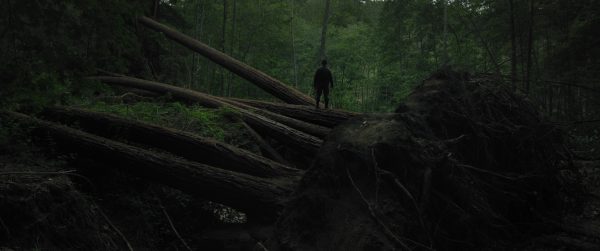
Kelly McNeely: It’s a very atmospheric film as well, just visually and tonally what were your inspirations — I understand you had to rewrite the film as you were going — but what were your inspirations when you were making Sator?
Jordan Graham: Yeah, even though I rewrote, I still knew the vibe and the mood of this film before going into it. For inspirations, as far as aesthetically, True Detective. The first season of True Detective was a major one, and the film The Rover was a major one. As far as inspiration to make the actual film? Jeremy Saulnier’s Blue Ruin, but maybe for, like, the beginning of that. Have you seen that film?
Kelly McNeely: I love that film!
Jordan Graham: So that was a huge inspiration. He did many jobs on his own on that one, and at the time, I thought he did it for a very very low budget, when I found it was– it’s still low — but it wasn’t as much as I thought, he did it for a lot more. But also like, the beginning of that movie is very quiet as well, and the main character doesn’t speak very often, and so that was my inspiration going in. But then as I’m shooting the film, I’d get other inspirations, like, Under the Skin was a big one.
Kelly McNeely: I definitely see the True Detective aesthetic to it. I’d love that first season so much. It’s one of my favourite things.
Jordan Graham: Oh, yeah. I’ve seen it like seven times already now. And I’ve been talking about that season during these interviews, and now I want to go watch again. I would love to make a film in Louisiana and have that kind of aesthetic. I just I love it. Yeah, that show’s so good.
Kelly McNeely: Now for my last question, I’m not gonna say any names, because I don’t want to have any spoilers for anyone. But I understand that one of the actors actually lit his beard on fire?
Jordan Graham: Yeah, that wasn’t my idea. But he called me like a week before and said, like, I want to burn my beard off for the film, I spent seven months growing this thing, and I want to burn it off. And I was like, nope, that’s not happening, that’s way too dangerous. And then I was thinking about it, and fire is such an important theme to the film. I was like, that’d be really cool if we did that. So he came over.
That was my biggest day on the film. I had three people help me on that day. I shot for 120 days, most of the time was just myself with one or two actors, and then I had like 10 days where one person would assist me with some basic tasks. And then that one day, I had three people that I needed to help me with that.
And so yeah, we tried lighting his beard, but it was so saturated in blood that it wouldn’t light, so I had to go get lighter fluid and brush that on his face, and had somebody there with a hose, and somebody there to light it. And then lit on fire. He lit it twice, and both those shots are in the film.
Kelly McNeely: That’s commitment.
Sator comes out digitally in North America from 1091 Pictures on February 9th, 2021. For more on Sator, click here.
Official Synopsis:
Secluded in a desolate forest home to little more than the decaying remnants of the past, a broken family is further torn apart by a mysterious death. Adam, guided by a pervasive sense of dread, hunts for answers only to learn that they are not alone; an insidious presence by the name of Sator has been observing his family, subtly influencing all of them for years in an attempt to claim them.
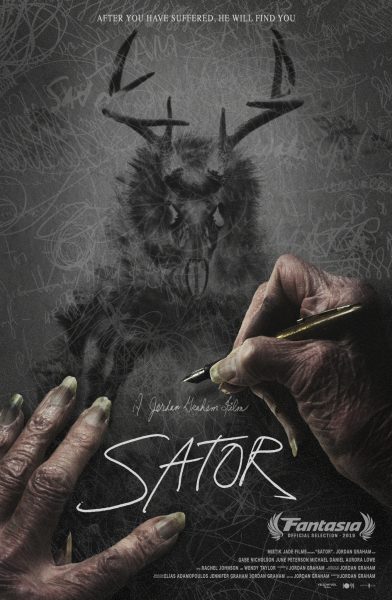
Listen to the 'Eye On Horror Podcast'

Movies
New Windswept Action Trailer for ‘Twisters’ Will Blow You Away
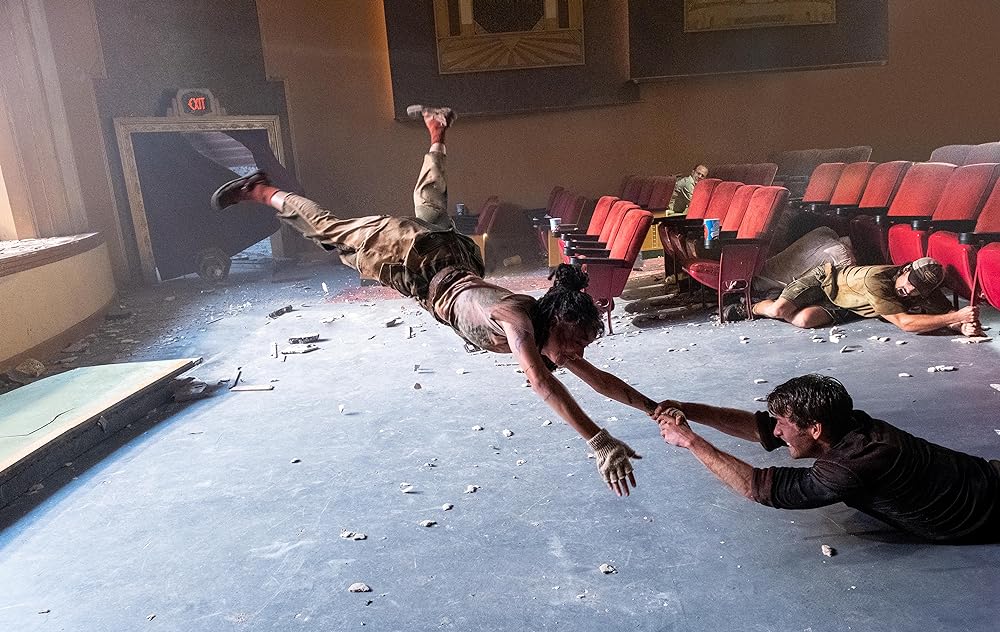
The summer movie blockbuster game came in soft with The Fall Guy, but the new trailer for Twisters is bringing back the magic with an intense trailer full of action and suspense. Steven Spielberg’s production company, Amblin, is behind this newest disaster film just like its 1996 predecessor.
This time Daisy Edgar-Jones plays the female lead named Kate Cooper, “a former storm chaser haunted by a devastating encounter with a tornado during her college years who now studies storm patterns on screens safely in New York City. She is lured back to the open plains by her friend, Javi to test a groundbreaking new tracking system. There, she crosses paths with Tyler Owens (Glen Powell), the charming and reckless social-media superstar who thrives on posting his storm-chasing adventures with his raucous crew, the more dangerous the better. As storm season intensifies, terrifying phenomena never seen before are unleashed, and Kate, Tyler and their competing teams find themselves squarely in the paths of multiple storm systems converging over central Oklahoma in the fight of their lives.”
Twisters cast includes Nope’s Brandon Perea, Sasha Lane (American Honey), Daryl McCormack (Peaky Blinders), Kiernan Shipka (Chilling Adventures of Sabrina), Nik Dodani (Atypical) and Golden Globe winner Maura Tierney (Beautiful Boy).
Twisters is directed by Lee Isaac Chung and hits theaters on July 19.
Listen to the 'Eye On Horror Podcast'
Lists
Unbelievably Cool ‘Scream’ Trailer But Re-Imagined As A 50s Horror Flick

Ever wonder what your favorite horror movies would look like if they had been made in the 50s? Thanks to We Hate Popcorn But Eat It Anyway and their use of modern technology now you can!
The YouTube channel reimagines modern movie trailers as mid-century pulp flicks using AI software.
What is really neat about these bite-sized offerings is that some of them, mostly the slashers go against what cinemas had to offer over 70 years ago. Horror movies back then involved atomic monsters, scary aliens, or some sort of physical science gone awry. This was the era of the B-movie where actresses would put their hands against their faces and let out over-dramatic screams reacting to their monstrous pursuer.
With the advent of new color systems such as DeLuxe and Technicolor, movies were vibrant and saturated in the 50s enhancing primary colors that electrified the action happening on screen, bringing a whole new dimension to films using a process called Panavision.
Arguably, Alfred Hitchcock upended the creature feature trope by making his monster a human in Psycho (1960). He used black and white film to create shadows and contrast which added suspense and drama to every setting. The final reveal in the basement would probably not have been if he had used color.
Jump to the 80s and beyond, actresses were less histrionic, and the only emphasized primary color was blood red.
What is also unique about these trailers is the narration. The We Hate Popcorn But Eat It Anyway team has captured the monotone narration of 50s movie trailer voiceovers; those over-dramatic faux news anchor cadences that emphasized buzz words with a sense of urgency.
That mechanic died out long ago, but luckily, you can see what some of your favorite modern horror movies would look like when Eisenhower was in office, developing suburbs were replacing farmland and cars were made with steel and glass.
Here are some other noteworthy trailers brought to you by We Hate Popcorn But Eat It Anyway:
Listen to the 'Eye On Horror Podcast'
Movies
Ti West Teases Idea For Fourth Film In The ‘X’ Franchise
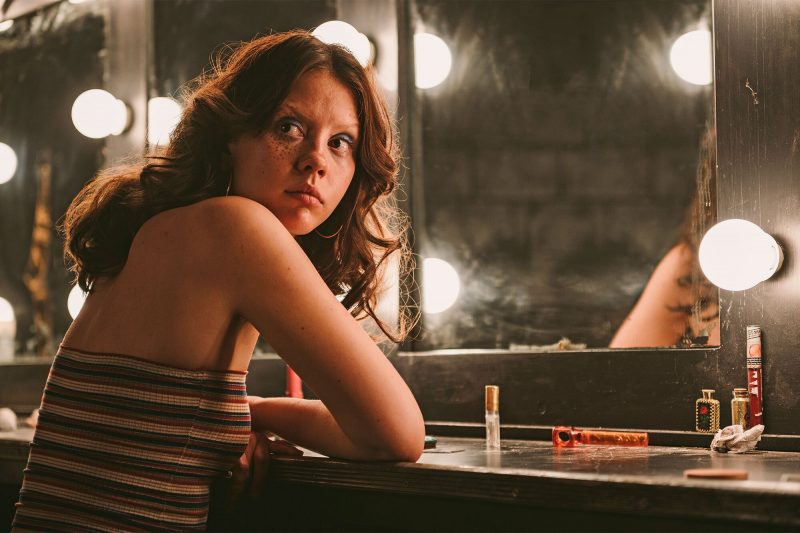
This is something that will excite fans of the franchise. In a recent interview with Entertainment Weekly, Ti West mentioned his idea for a fourth film in the franchise. He stated, “I do have one idea that plays into these movies that could maybe happen…” Check out more of what he said in the interview below.
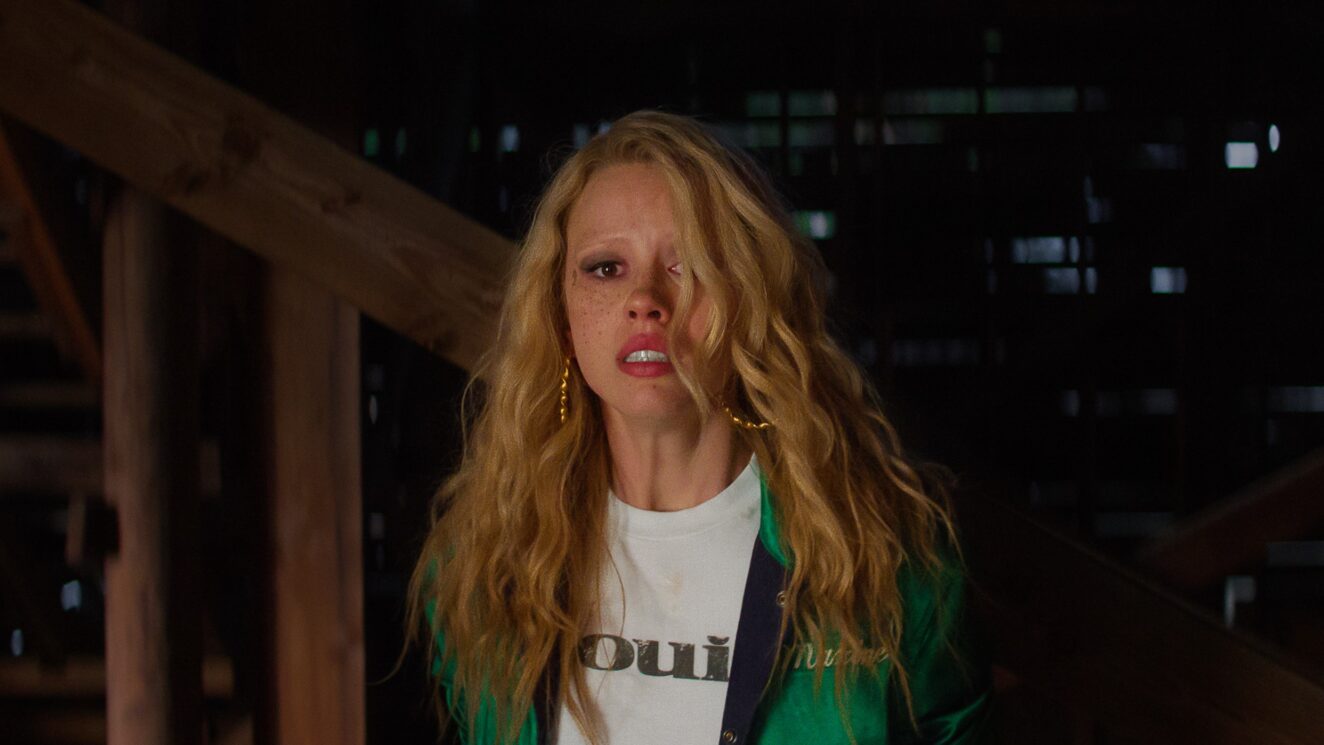
In the interview, Ti West stated, “I do have one idea that plays into these movies that could maybe happen. I don’t know if it’ll be next. It might be. We’ll see. I’ll say that, if there’s more to be done in this X franchise, it’s certainly not what people are expecting it to be.”
He then said, “It’s not just picking up again a few years later and whatever. It’s different in the way that Pearl was an unexpected departure. It’s another unexpected departure.”

The first film in the franchise, X, was released in 2022 and was a huge success. The film made $15.1M on a $1M budget. It received great reviews earning a 95% Critic and 75% Audience scores on Rotten Tomatoes. The next film, Pearl, was also released in 2022 and is a prequel to the first film. It was also a big success making $10.1M on a $1M budget. It received great reviews earning a 93% Critic and 83% Audience score on Rotten Tomatoes.
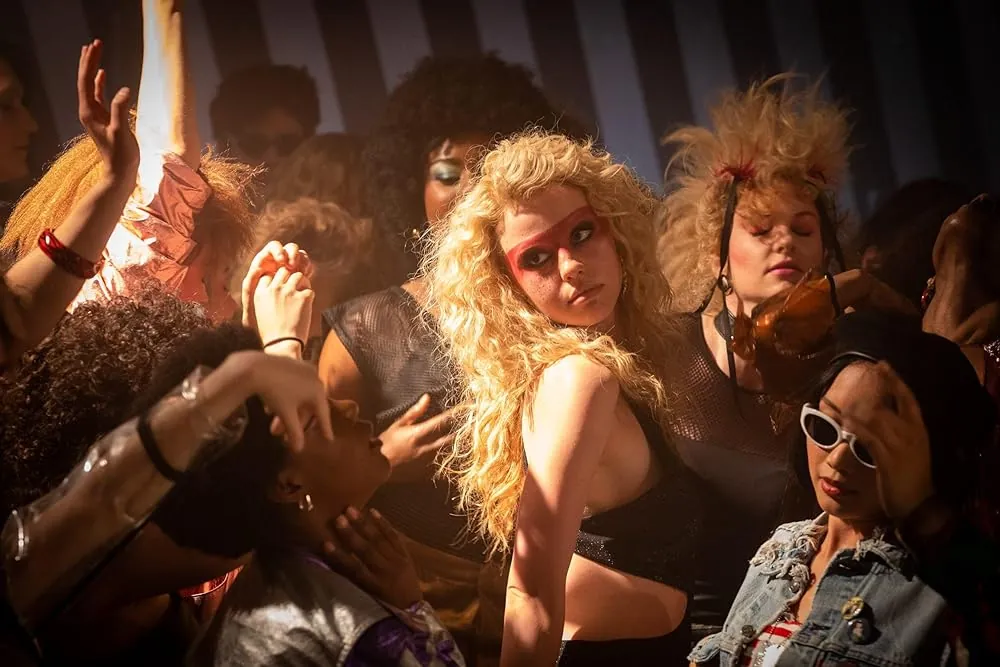
MaXXXine, which is the 3rd installment in the franchise, is set to be released in theaters on July 5th of this year. It follows the story of adult film star and aspiring actress Maxine Minx finally gets her big break. However, as a mysterious killer stalks the starlets of Los Angeles, a trail of blood threatens to reveal her sinister past. It is a direct sequel to X and stars Mia Goth, Kevin Bacon, Giancarlo Esposito, and more.
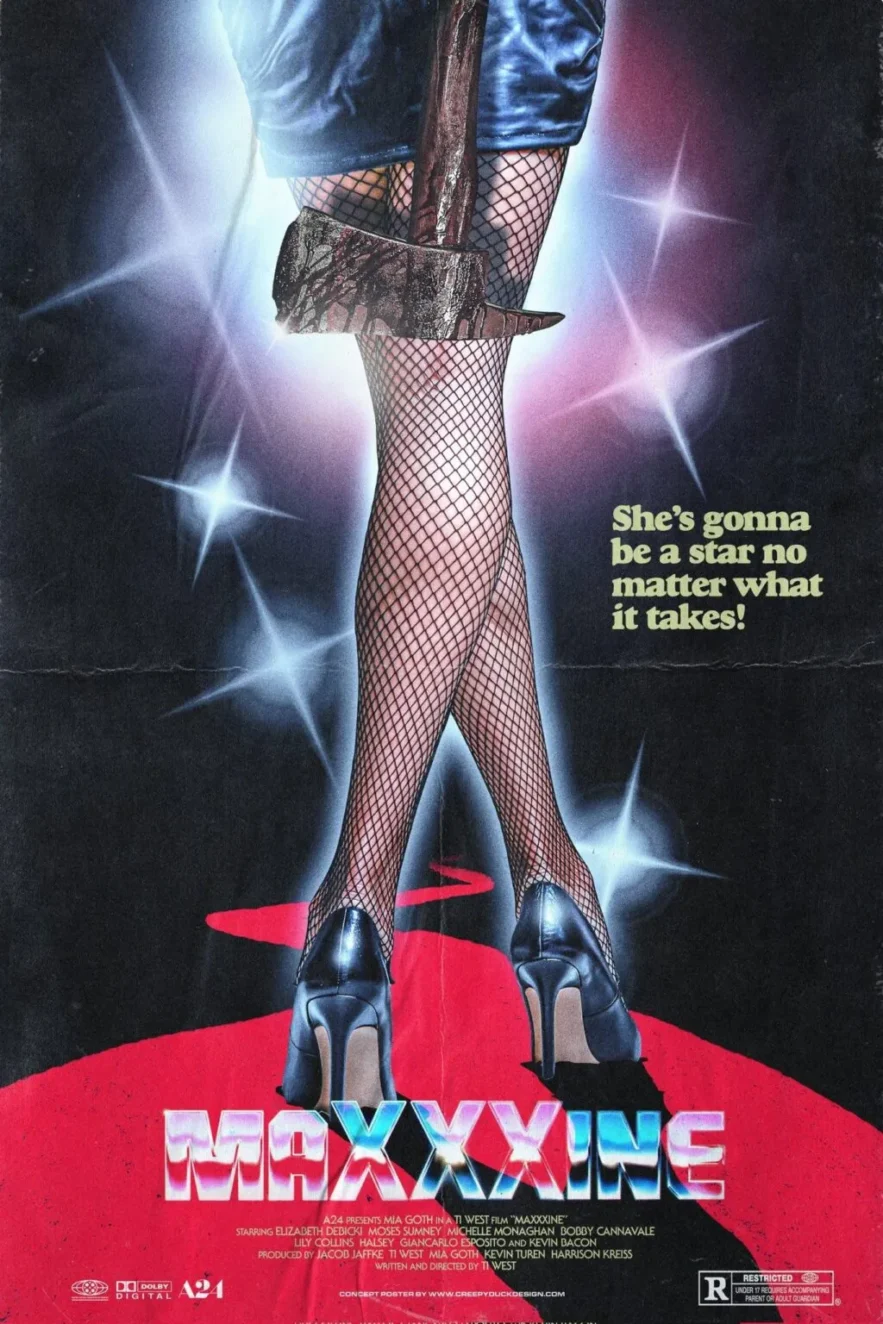
What he says in the interview should excite fans and leave you wondering what he may have up his sleeve for a fourth film. It seems like it may either be a spinoff or something entirely different. Are you excited for a possible 4th film in this franchise? Let us know in the comments below. Also, check out the official trailer for MaXXXine below.
Listen to the 'Eye On Horror Podcast'
-
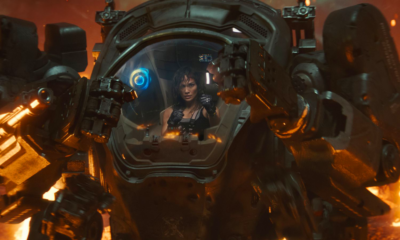
 Lists7 days ago
Lists7 days agoNew to Netflix (U.S.) This Month [May 2024]
-
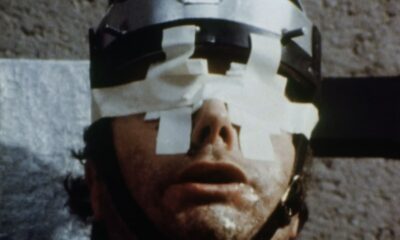
 News7 days ago
News7 days agoNew ‘Faces of Death’ Remake Will Be Rated R For “Strong Bloody Violence and Gore”
-
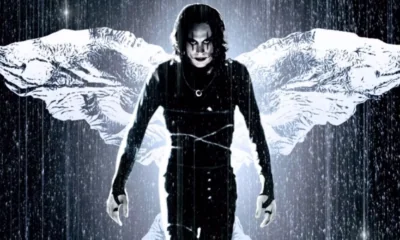
 News6 days ago
News6 days ago1994’s ‘The Crow’ Coming Back to Theaters for A New Special Engagement
-

 Lists6 days ago
Lists6 days agoThe Top-Searched Free Horror/Action Movies on Tubi This Week
-
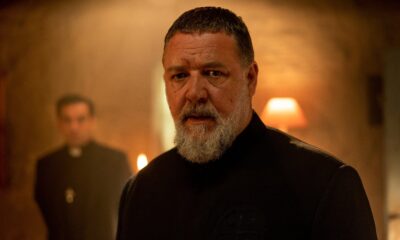
 News7 days ago
News7 days agoThe Pope’s Exorcist Officially Announces New Sequel
-
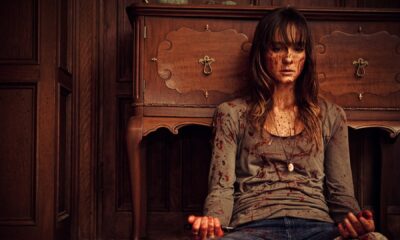
 News7 days ago
News7 days agoA24 Creating New Action Thriller “Onslaught” From ‘The Guest’ & ‘You’re Next’ Duo
-
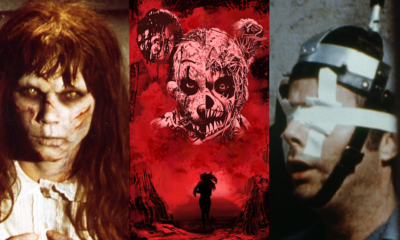
 Editorial5 days ago
Editorial5 days agoYay or Nay: What’s Good and Bad in Horror This Week
-
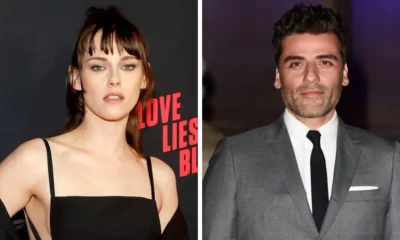
 News7 days ago
News7 days agoNew Vampire Flick “Flesh of the Gods” Will Star Kristen Stewart and Oscar Isaac
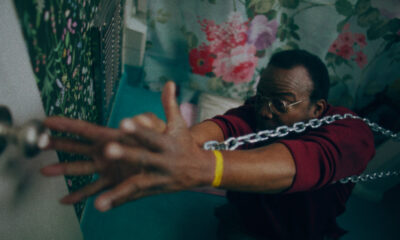

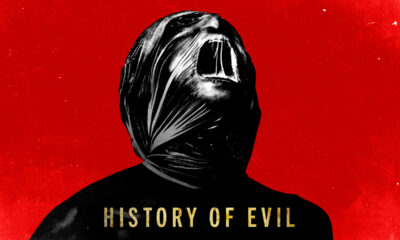

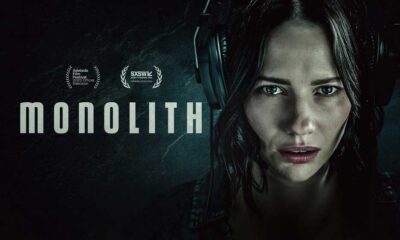























You must be logged in to post a comment Login